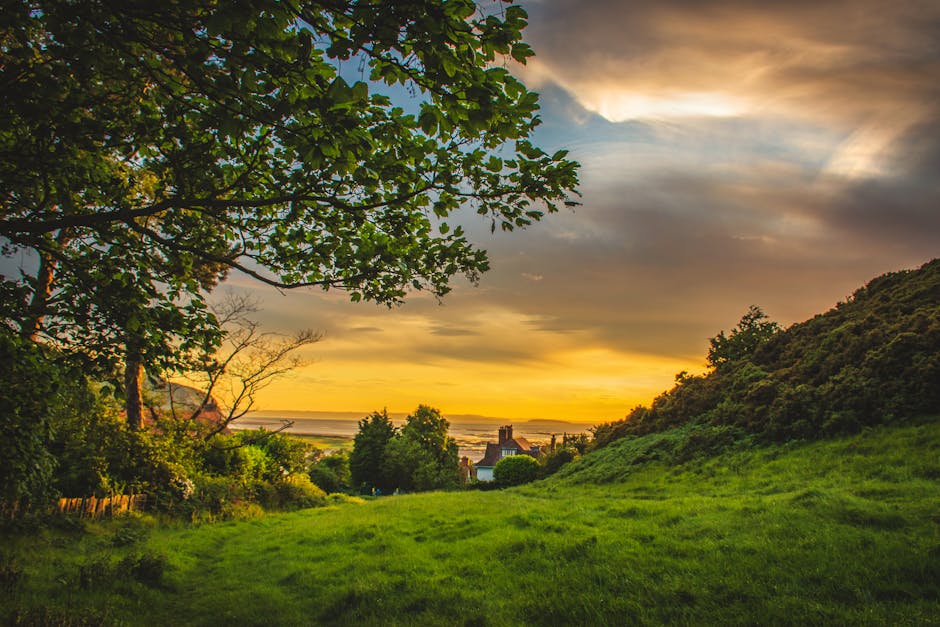 Exploring the Art and Scientific Research of Landscape Style
Exploring the Art and Scientific Research of Landscape Style
Landscape layout is a complex mix of creativity and environmental science, forming the exterior environment to enhance visual appeal while considering environmental health and wellness. It involves the mindful preparation of areas, plants, and frameworks to create harmonious outdoor locations that offer numerous objectives. From domestic yards to public parks, landscape layout plays an important role in specifying exactly how we interact with nature in our lives.
One of the core elements of reliable landscape design is the assessment of the website. This process includes understanding the regional environment, dirt conditions, and existing plants and fauna. A comprehensive website analysis assists developers pick ideal plant types and materials that will certainly thrive in the environment while fulfilling the visual goals of the task. Incorporating native plants is commonly a crucial strategy, as these types are a lot more durable and advantageous to local wildlife, eventually advertising biodiversity.
Performance is an additional vital aspect of landscape layout. Each exterior room should satisfy the requirements of its users, whether it’s providing a relaxing resort, an area for amusement, or an area for recreational activities. Developers should think about the circulation of movement, accessibility, and how various components can collaborate to develop a cohesive and practical design. Functions such as pathways, seating locations, and water elements can improve the use and general experience of the area.
In today’s world, sustainability has become an essential emphasis in landscape layout. Creating landscapes that reduce water usage, minimize the need for chemical maintenance, and advertise natural horticulture methods is necessary. Strategies such as xeriscaping and the incorporation of rain yards not only contribute to ecological conservation yet also educate neighborhoods regarding the relevance of lasting practices. By focusing on environmental responsibility, developers can create landscapes that are attractive, useful, and beneficial for the world.
In conclusion, landscape design is a diverse self-control that requires a balance of imagination, environmental understanding, and sensible knowledge. By thoughtfully mixing all-natural and built elements, landscape designers create settings that improve our connection to nature while offering the diverse demands of the neighborhood. Welcoming concepts of sustainability and capability makes certain that landscapes are not only aesthetically enticing but likewise durable and useful for several years ahead.